Engakuji Temple in Kita-Kamakura is the head temple of the Rinzai school Buddhism Engaku-ji temple sect. It was used as the setting of many literary works such as Soseki Natsume's novel "Mon (The Gate)" and Yasunari Kawabata's "Senbazuru (Thousand Cranes)" which won the Nobel Prize for Literature. Seasonal flowers bloom and attract many tourists in four seasons, for example, plum blossoms in early spring, cherry blossoms in spring, hydrangeas in rainy season and autumn leaves.
About Engakuji Temple
Engakuji Temple was built in 1287 (Kōan 5). To console the souls of the fallen soldiers who served during Mongol invasions of Japan, Hojo Tokimune (eighth regent of the Kamakura shogunate) invited Mugaku Sogen from Song Dynasty of China to be the head priest of the temple.
There are many cultural assets with historical value in the precinct such as Shari-den (reliquary hall) and the Ogane (Great Bell), which are Japan's National Treasures, a wooden statue of Mugaku Sogen, and a copper statue of Amidasanzon. They are usually closed to the public, but will be open to the public during Homotsu Kazeire (Treasures Exhibition) around November 3 every year for 3 days (may not be fully open to public depending on the time; for details please refer to the official website http://www.engakuji.or.jp). Please allocate more time to visit the temple as it has a large area with many attractions. All areas in the precinct are designated as Japan's national historic sites.
Highlights of Engakuji Temple
The spectacular Sanmon Gate (or Main Gate), a multilayered yatsuashimon, was rebuilt in 1785 by the Zen priest Daiyu Kokushi. It creates a solemn atmosphere with the green Cedar groves. These places appeared in classical masterpieces such as Soseki Natsume's "Mon (The Gate)" and Yasunari Kawabata's "Senbazuru (Thousand Cranes)" from here.
In addition, Shari-den, built during the Muromachi period, is the only building designated as a Japan's National Treasure in Kamakura. It is a typical single-storey shingled (Irimoya-zukuri style) building in Chinese Zen style. As there is a practice hall in the precinct, it is closed to public.
In addition, Ogane (Great Bell) located at the top of stone steps east of the precinct is also designated as a Japan's National Treasure. It has a height of about 259.5cm, which is the largest in Kanto region. It is said that Hojo Sadatoki, son of Hojo Tokimune, donated the bell to pray for peace and security of the nation.
Seasonal flowers in Engakuji Temple
Autumn leaves are wonderful here, as Ginkgo and maple trees can be seen everywhere in the spacious precinct. Those around Myokochi Pond, at the back of Sanmon, and in front of Kojirin are particularly recommended. Rows of ginkgo trees along the path leading to Zokutoan (sub-temple) are also beautiful.
In addition, kerria, which blooms on the slope heading to Obaiin from mid to late April, and hydrangeas, which blooms from mid to late June, are also a must-see as they make a spectacular view.
Spot Information
- Spot name: Engakuji Temple
- Street Address: 409 Yamanouchi, Kamakura, Kanagawa 247-0062
- Access: About a 1 minute walk from Kitakamakura station ( JR Yokosuka Line); About 10 minutes by Enoden bus bound for Ofuna Station or Kamiooka Station or Hongodai Station from JR Kamakura station. Get off at Kita-Kamakura Station and walk for about 1 minute.
- Ticket: 300 yen
- Opening hours: March~November: 08:00~16:30, December~February: 08:00~16:00
- Closing days: None
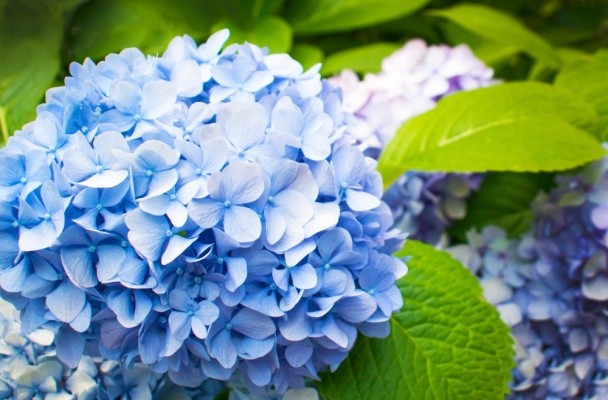

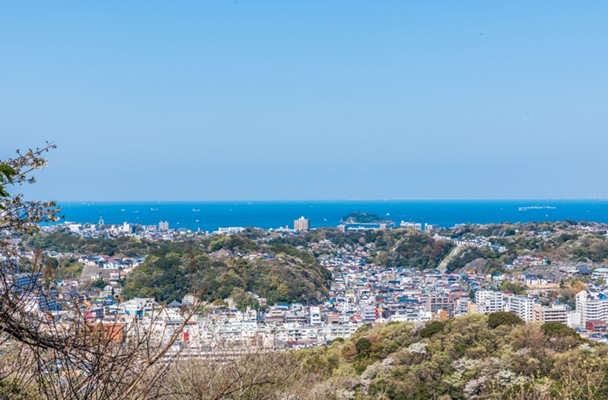
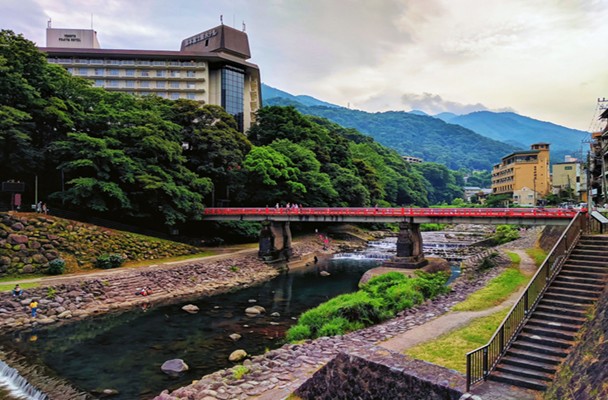
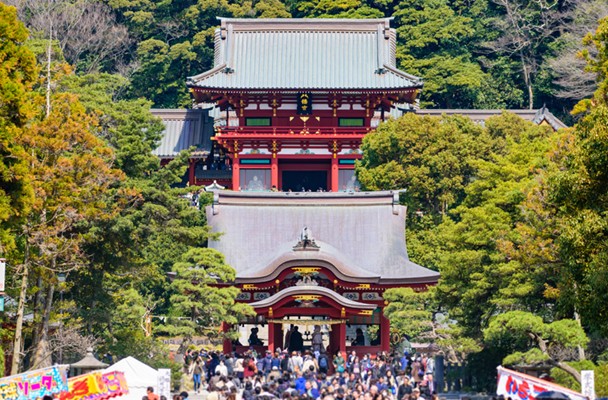
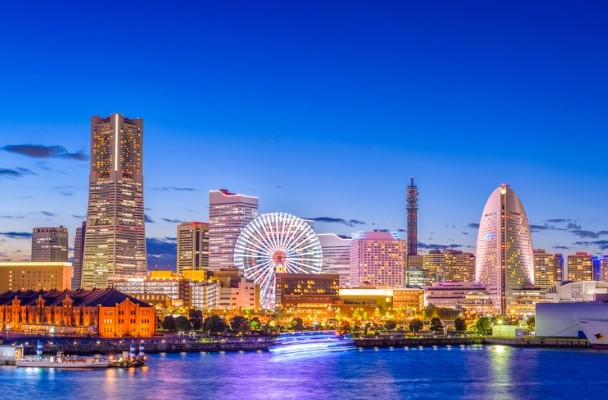
Comments